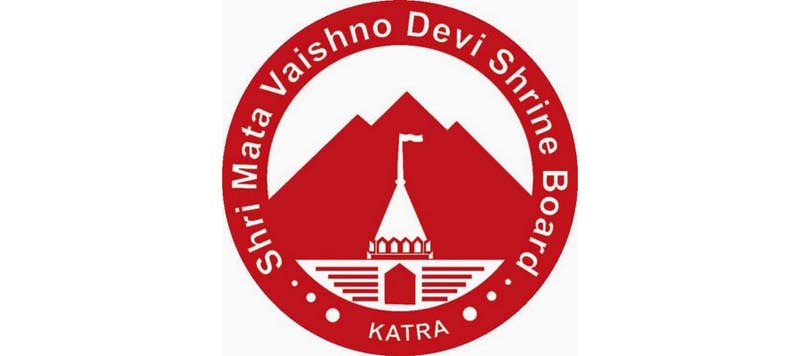The Shri Mata Vaishno Devi Shrine Board (SMVDSB) has once again been honoured for its exceptional efforts in water conservation and efficient water management. The institution has secured the first prize in the ‘Best Institution for Campus Usage’ category at the 4th National Water Awards held in New Delhi. This remarkable achievement marks the third consecutive win for SMVDSB, solidifying its hat-trick victory.
Water conservation plays a crucial role in securing a sustainable future and mitigating the impacts of climate change. Only a small percentage of Earth’s water is freshwater, and an even smaller fraction is accessible for human use. With increasing population and water demands, the strain on freshwater sources is intensifying. Conserving water helps preserve these limited resources for present and future generations. Climate change is altering rainfall patterns, leading to more frequent and severe droughts in some regions and intense rainfall events in others. Water conservation helps address these challenges by reducing the strain on water supplies during periods of scarcity and ensuring water availability for essential needs.
SMVDSB has consistently demonstrated its commitment to leading from the front in water conservation efforts. With their available resources and dedication, they are well-positioned to continue implementing innovative methods for water usage in the future. SMVDSB can explore and implement advanced water harvesting techniques such as permeable pavements; it can even go for whole permeable tracks. The development of a natural landscape along the track can reinforce the side hills and help groundwater rejuvenation. These methods can efficiently collect rainwater and replenish groundwater resources. Exploring and adopting new technologies can significantly contribute to water conservation. Collaboration with research institutions, water conservation organisations, and Government agencies can provide SMVDSB with access to expertise for implementing cutting-edge water management techniques. This collaboration can foster innovation and accelerate the adoption of sustainable water usage practices. SMVDSB’s achievement is due to consistent team efforts; much has been achieved, but much more can be achieved with further innovative planning.


